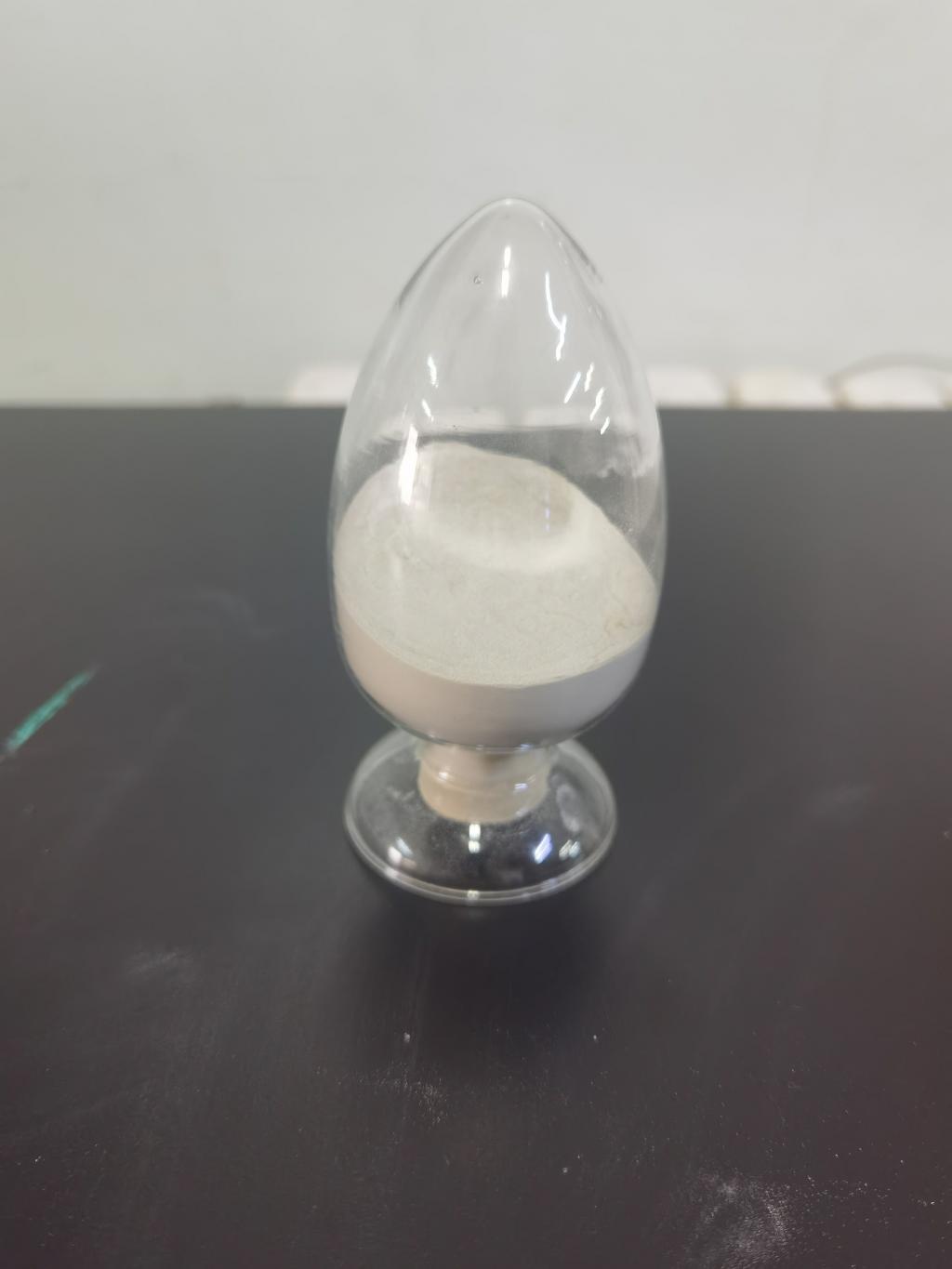Tel:+8618231198596

News
 CONTACT
CONTACT
 CONTACT
CONTACT
- Linkman:Linda Yao
- Tel: +8618231198596
- Email:linda.yao@dcpharma.cn
- Linkman:CHARLES.WANG
- Department:Overseas
- Tel: 0086 0311-85537378 0086 0311-85539701
News
Current Position:
Home >
News
>Nisin's Role in Reducing the Need for High-Temperature Food Processing
Nisin's Role in Reducing the Need for High-Temperature Food Processing
TIME:2024-01-24
I. Nisin: An Overview
A. Natural Antimicrobial Peptide
Nisin is a peptide produced by certain strains of lactic acid bacteria, primarily Lactococcus lactis. Discovered in the early 20th century, nisin has been widely used in the food industry as a natural preservative due to its potent antimicrobial activity against a broad spectrum of bacteria, including some heat-resistant strains.
B. Mechanism of Action
Nisin's antimicrobial action is based on its ability to disrupt bacterial cell membranes, leading to cell death. This targeted mechanism distinguishes it from conventional high-temperature processing methods that affect both beneficial and harmful microorganisms. Nisin's selectivity allows for the preservation of desirable food qualities while ensuring safety.
II. Challenges of High-Temperature Food Processing
A. Impact on Nutritional Quality
Conventional high-temperature food processing methods, such as thermal pasteurization and sterilization, can lead to nutrient degradation. Heat-sensitive vitamins, enzymes, and other bioactive compounds may be compromised, affecting the overall nutritional quality of the food.
B. Energy Consumption
High-temperature processing requires significant energy input, contributing to the environmental footprint of the food industry. As global concerns about sustainability and energy efficiency rise, there is a growing need for alternative methods that reduce energy consumption while maintaining food safety.
C. Flavor and Texture Alterations
Traditional thermal processing can alter the flavor and texture of foods, impacting consumer preferences. Nisin's potential to reduce the reliance on high-temperature methods offers an alternative that preserves the organoleptic qualities of food, meeting consumer expectations for taste and texture.
III. Applications of Nisin in Food Preservation
A. Dairy Products
Nisin has been widely used in the preservation of dairy products, including cheese and yogurt. Its efficacy against spoilage and pathogenic bacteria allows for extended shelf life without the need for excessive heat treatment. This is particularly important for maintaining the sensory qualities of dairy products.
B. Meat and Poultry
In the meat and poultry industry, nisin has demonstrated effectiveness in controlling the growth of bacteria such as Listeria and Clostridium. By incorporating nisin into preservation strategies, it becomes possible to ensure food safety without subjecting products to high temperatures that might compromise their texture and flavor.
C. Beverages
The beverage industry has also explored the use of nisin as a natural preservative. Its application in fruit juices, soft drinks, and other beverages can extend shelf life while avoiding the negative impacts associated with high-temperature processing.
IV. Nisin's Potential to Reduce High-Temperature Processing
A. Preservation at Lower Temperatures
Nisin's antimicrobial activity allows for food preservation at lower temperatures than those required for conventional thermal methods. This is particularly relevant for heat-sensitive foods where maintaining nutritional quality is crucial. The ability to achieve preservation at milder temperatures contributes to energy savings and reduced environmental impact.
B. Preservation of Fresh Produce
The application of nisin in preserving fresh produce has gained attention. By mitigating microbial contamination at lower temperatures, nisin offers an alternative to traditional methods that might compromise the texture and appearance of fruits and vegetables.
C. Combined Approaches
Researchers are exploring combined approaches, integrating nisin with other mild preservation methods, such as high-pressure processing or pulsed electric fields. These synergistic approaches aim to enhance the overall efficacy of preservation while minimizing the reliance on high-temperature treatments.
V. Challenges and Considerations
A. Regulatory Approval and Consumer Perception
The widespread adoption of nisin as a food preservative requires regulatory approval to ensure its safety for consumption. Additionally, consumer acceptance is crucial, as perceptions of natural preservatives and their impact on food safety may influence purchasing decisions.
B. Development of Resistant Strains
While nisin has shown efficacy against a broad spectrum of bacteria, there is a concern that prolonged use could lead to the development of nisin-resistant strains. Research is ongoing to understand and mitigate this potential issue to ensure the long-term effectiveness of nisin as a food preservative.
VI. Future Directions and Conclusion
A. Ongoing Research and Innovation
Ongoing research aims to further explore the applications of nisin in various food products and develop innovative approaches to enhance its efficacy. Collaborative efforts between researchers, food industry stakeholders, and regulatory bodies are essential to drive the adoption of nisin as a sustainable alternative to high-temperature food processing.
B. Conclusion
Nisin's role in reducing the need for high-temperature food processing represents a significant step toward sustainable and environmentally friendly food preservation. By addressing the challenges associated with conventional methods, nisin offers a viable alternative that aligns with the growing demand for minimally processed, nutritionally rich, and flavorful foods. As research and innovation continue, the integration of nisin into food preservation practices has the potential to revolutionize the food industry, promoting a balance between safety, quality, and sustainability.
- Tel:+8618231198596
- Whatsapp:18231198596
- Chat With Skype







